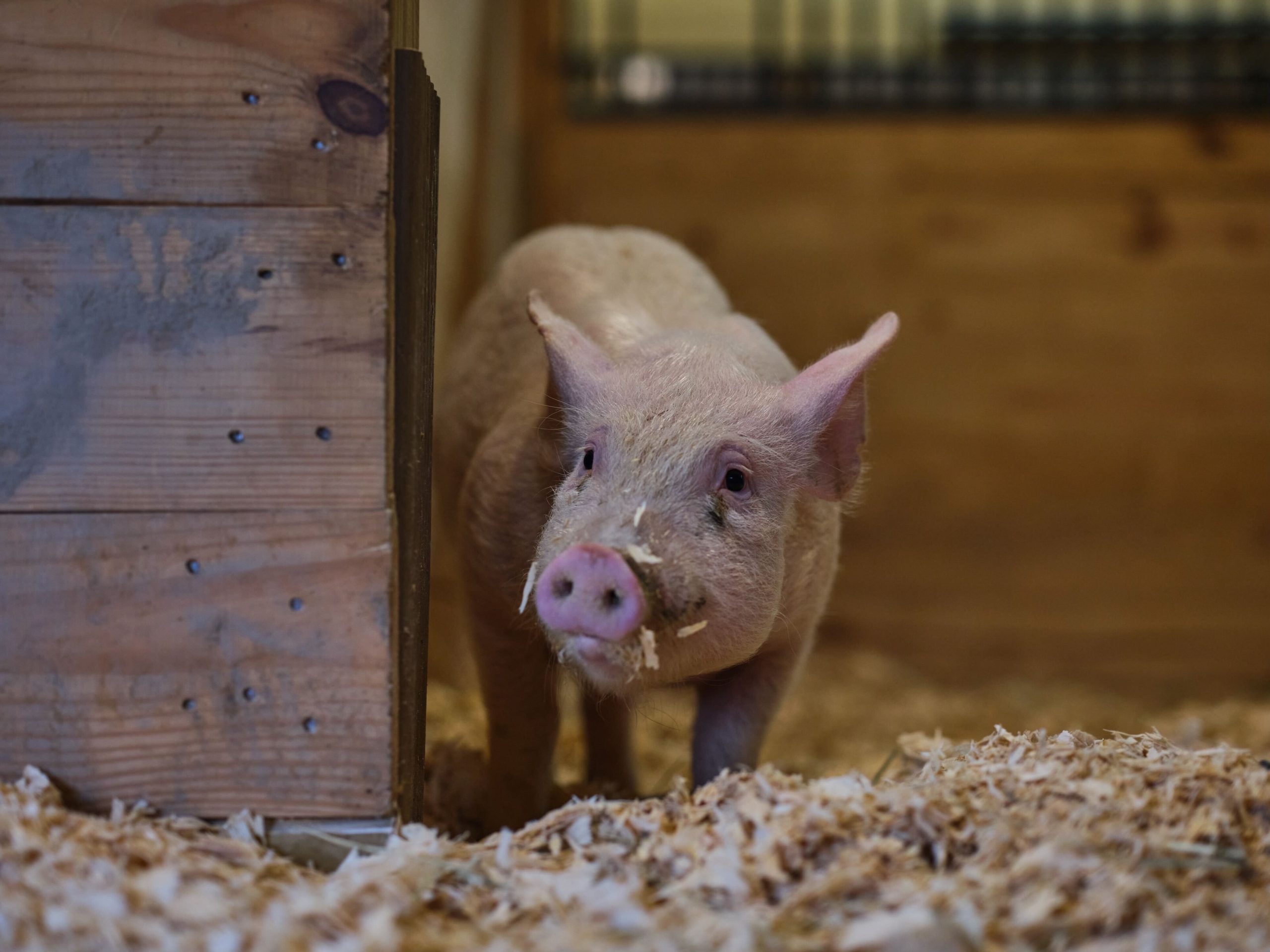1. Introduction
Water temperature is one of the most important factors that affects growth, metabolic rate, and other physiological processes in aquatic ectotherm animals [1]. Wood and McDonald [2] and Nithirojpakdee and co-workers [3] highlighted that aquatic organisms have physiological, behavioral, and genetic characteristics that allow them to confront environmental conditions, called acclimatization, a component of short-term reversible physiological adaptation. This depends on the individual’s previous experience [4,5].
Studies of thermoregulatory behavior, specifically the optimum temperature, describe it as the temperature at which an organism optimally performs some biological processes, such as growth, reproduction, metabolism, swimming speed, and maximum cardiac work, among others [6,7,8]. Therefore, the temperature selected by organisms in a thermal gradient is known as the final preferendum, which was defined by Fry (1947) [9] as the “temperature around which organisms congregate when placed in a thermal gradient regardless of their previous thermal history and that preferred temperature that is equal to the acclimation temperature”. This thermal response can be modified by factors such as age, sex, food availability, seasonality, pathological conditions, and inter- or intra-specific competition, among others [10,11].
Other responses evaluated in aquatic animals include their tolerance and resistance to temperature. Incipient upper and lower lethal temperatures characterize the thermal tolerance of aquatic organisms [12,13], and the critical thermal minimum (CTMin) and maximum (CTMax) define the resistance zone [12,14,15]. The upper incipient lethal temperature (UILT) and lower incipient lethal temperature (LILT) define the tolerance zone of a species. The limits of the ULT and LLT are represented by the mean lethal temperature (TL50), where 50% of a population theoretically can survive indefinitely [16]. Critical temperatures can be recorded experimentally in a very short time (less than two hours) and reveal biotic or abiotic factors’ influences on this response [17]. As critical temperatures, maximum (CTMax) or minimum (CTMin), are related to the natural environment, they have been used as indicators of stress and adaptation [18], characterizing the thermal resistance of an organism by identifying a specific response which occurs at a point of temperature [19], in addition to reflecting its capacity to survive in environments with extreme temperatures [20].
In the phylum Echinodermata, research has been carried out with this approach by few authors. Hernández co-workers [21] determined the critical thermal maximum and its effect on the osmotic pressure of the body fluid of the red sea urchin Strongylocentrotus franciscanus. An and co-workers [22] evaluated the effects of temperature and food ration on growth in juveniles of the sea cucumber Apostichopus japonicus, while [23] studied the thermal resistance and expression of Hsp70 in the same species, finding higher lethal temperatures between 30 and 31.8 °C. The effect of temperature on the performance of some cucumber species has also been evaluated. In A. japonicus, the effects of different thermal regimes on growth and physiological performance were evaluated [24]. The authors highlighted that small and medium temperature fluctuations accelerated the growth of sea cucumbers, and large temperature fluctuations diminished this growth. Wang co-workers [25] evaluated the effects of different rearing temperatures on the growth, metabolic performance, and thermal tolerance of juveniles of the sea cucumber A. japonicus. The authors found that hsps expressions increased with a rise in rearing temperatures, which, in turn, would explain the decrease in the growth rate of sea cucumbers at a high temperature. The CTmax was positively correlated with the rearing temperature. Sun and co-workers [26] evaluated the role of water temperature in controlling the feeding and locomotion behavior and digestive physiology in the sea cucumber A. japonicus, highlighting the importance of determining its preferred water temperature conditions to assist in the design of suitable holding conditions for the captive breeding of this species.
Sea cucumber belong to the phylum Echinodermata and constitute one of the main groups that is marketed and consumed in the Asian countries, with China being the largest consumer of this resource [27]. In addition to their commercial value, sea cucumbers have great ecological importance as modifiers of substrates, ingesting sediments, modifying their composition, and recycling organic matter as a biofilter [28,29,30]. Because of their commercial value due to their nutritional and medicinal properties and ecological role [31,32], sea cucumbers are an important species, and knowledge of their basic biology must be deepened. In this regard, information on tropical marine cucumber species native to the Colombian Caribbean Sea is scarce. Although eating cucumbers is an uncommon practice in the study area, there are numerous species here, some of which, like Isostichopus isabellae, may be potential candidates for sustainable production and addressing the challenges associated with their commercialization in international markets. In this species, different studies have been conducted, leading to their production in captivity, including topics such as its gametogenesis, reproduction in captivity, proximal composition, densities, and diets, among others, which gradually consolidate their culture technology [33,34,35,36,37,38,39,40,41]. Considering that, during the second half of the year, the temperatures of the Caribbean Sea rise, this period is particularly suitable for implementing induced breeding programs in captivity [34,40,41].
The objective of this study was to determine the most favorable temperature for conditioning based on growth, survival, temperature preferences, and stress responses to increasing and decreasing temperatures to characterize the thermal tolerance of the sea cucumber Isostichopus isabellae. To meet this goal, we described the behavior of the cucumbers when exposed to different conditions of temperature.
Source link
Adriana Rodríguez-Forero www.mdpi.com



